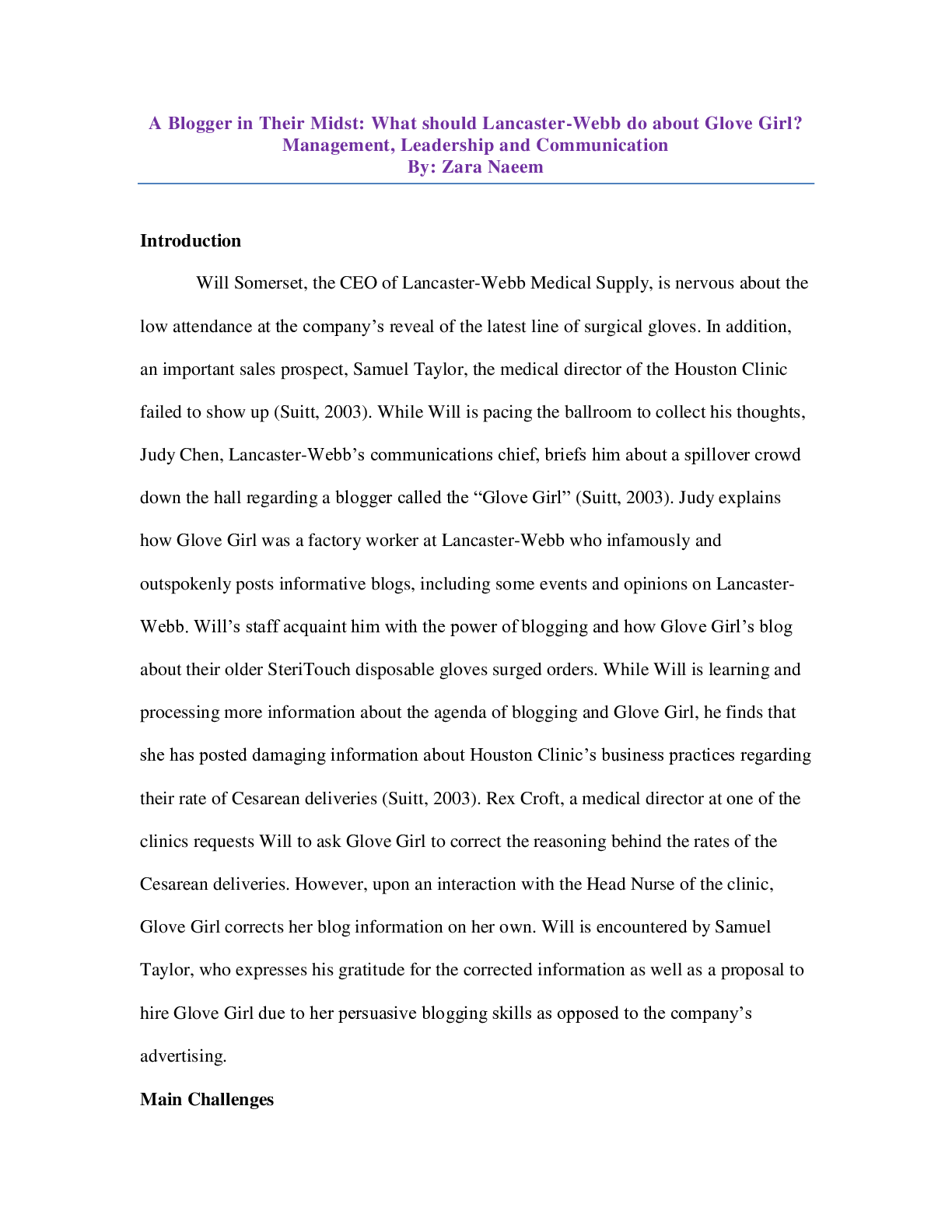Business Research > Research Paper > Essex Business School: BE985 – Research Portfolio – Quantitative Data Collection and Analysis: r (All)
Essex Business School: BE985 – Research Portfolio – Quantitative Data Collection and Analysis: relationship between job insecurity, job satisfaction, organizational commitment and other individual characteristics of employees at HSBC? Graded A.
Document Content and Description Below
1 BE985 – Research Portfolio – Quantitative Data Collection and Analysis Coursework 2017/18: Questionnaire development and understanding Coursework description and weighting: 2000 word essay; ... 20% of the overall module mark. Submission Date: Week 40, Friday 6th of July 2018 – 9 am (via FASER). Instructions HSBC is one of the largest banking and financial services institutions in the world and it has been very successful over the past decades. However, it has closed more than a quarter of its UK branches over the last two years, as the number of customers using HSBC branches had fallen by almost 40%. Many employees have been laid off and the bank is now planning a global savings programme. As a result, job insecurity perceptions of HSBC's staff have begun to increase and the negative consequences for job satisfaction and commitment have become a crucial challenge for HSBC's business. Assume you work in the HR department of HSBC in the UK. Your head of department is interested in how to improve job satisfaction and commitment of employees. The general assumption is that the extent to which employees are satisfied with their job and committed to the organization will depend on their job insecurity perceptions and other individual characteristics, such as age, education, tenure. You are asked to do an email survey of HSBC employees. HSBC has a database that provides the names and email addresses of every employee. The HR department is particularly interested in the following issues: a) What is the relationship between job insecurity, job satisfaction, organizational commitment and other individual characteristics of employees at HSBC?2 b) Do job insecurity perceptions have a negative impact on the level of job satisfaction and commitment of employees? Your assignment consists of three tasks: 1) Develop a questionnaire in which you ask all the information you need for the proposed study; explain and justify from a theoretical point of view the hypotheses you would test and the choices you make in designing your questionnaire (no more than 1000 words, not counting the questionnaire itself). 2) Outline which statistical techniques you would use in your analyses and why (no more than 500 words). 3) Discuss the factors that might adversely affect the validity of the results of your study (no more than 500 words). You have to make reference to relevant literature throughout. For this assignment, we expected you to use the Harvard referencing style. Format You must word-process the assignment, with font size 12pt, 1.5 lines spacing and including page numbers. Not adhering to these guidelines will have an adverse effect on your mark. Students must base their work on authoritative sources. Personal weblogs, Wikipedia, www.ehow.com, discussion fora, and similar sites are not authoritative sources. Word count The total word count should be indicated on the coversheet of the assignment. Students may submit written assessments which are up to 10% over the indicated word limit for the piece, but not exceed this. This is to ensure equality in assessment and not disadvantage students that have remained within the word count limit for a given piece of assessment. Please note that there are separate word limits for the three sections of coursework and that the rules regarding word count will be applied to each section of the assignment separately. Not included in the word count are the title page, the table of contents and the list of references. All other parts contribute to the word count.3 Assessment criteria: Evidence of wide use of learning resources; Comprehensive coverage of the topic; Relevance of the content; Structure and presentation; The logic and rationale for the adopted structure; Effective use of language; List of references and correct use of referencing; Quality of reflection, interpretation and evaluation; Coherence of the argument; Independence of thought and critical judgment; Adherence to the formatting guidelines. Note on academic offences In submitting coursework online, it must be assumed that you have read and understood the following guidelines about academic offences. Please note that all coursework is being monitored by plagiarism detection software. All submitted papers will be included as source documents in the reference database of the respective software solely for the purpose of detecting plagiarism of such papers. The University regulations state that “The University, the Students’ Union and the University’s Partner Institutions expect all students: - to behave with honesty and integrity in relation to coursework, examinations and other assessed work; - to be familiar and act in accordance with the conventions of academic writing including appropriate referencing of sources and acknowledgement of assistance; - to show understanding of ethical considerations and be compliant with the relevant University Procedures. A student who does not comply with any of these requirements (either intentionally or by negligence) may be charged with having committed an academic offence.” (Academic Offences Procedures 2017-2018) “The following are some examples of academic offences and do not constitute an exhaustive list:4 a. plagiarism, that is, using or copying the work of others (whether written, printed or in any other form) without proper acknowledgement in any assignment, examination or other assessed work; b. self-plagiarism, that is, using or copying one’s own work that has previously been submitted for assessment, at the University or elsewhere, without proper acknowledgement in any assignment, examination or other assessed work, unless this is explicitly permitted; c. false authorship, that is the submission of work for assessment that has been written wholly or in part by a third party and presented as one’s own original work; d. collusion, that is, submitting work produced collaboratively for individual assessment, unless this is explicitly permitted and acknowledged; e. falsifying data or evidence; f. conducting research without obtaining ethical approval from the University where such approval is required, or the unauthorised use of information that has been confidentially acquired; g. introducing, or attempting to introduce, any written, printed or electronically accessible information into an examination, other than material explicitly permitted in the instructions for that examination; h. copying, or attempting to copy, the work of another candidate in an examination; i. communicating, or attempting to communicate, with another person, other than an invigilator, during an examination.” (Academic Offences Procedures 2017-2018) “A student suspected of helping another student commit an academic offence may be investigated and dealt with in accordance with the University’s Code of Student Conduct.” (Academic Offences Procedures 2017-2018) References Ashford, S.J., Lee, C. & Bobko, P. (1989). Content, Causes, and Consequences of Job Insecurity: A Theory-Based Measure and Substantive Test, Academy of Management Journal, 32, 803-829. Azeem, M.S., and Akhtar, N. (2014). Job satisfaction and organisational commitment among public sector employees in Saudi Arabia. International Journal of Business and Social Sciences, 5(7): 127-133. Bhavleen, K. (2004). Investigating the impact of non-monetary factors of job satisfaction on employees of private sector service industry. International Journal of Applied Service Marketing Perspectives, 3(2): 935-942. Blackmore, C. and Kuutz, J.R.C. (2011). Antecedents of job insecurity in a restructuring organisation: an empirical investigation. New Zealand Journal of Psychology, 40(3): 7-18. Blau, G. (2007). Does a corresponding set of variables for explaining voluntary organisational turnover transfer for explaining voluntary occupational turnover. Journal of Vocational Behaviour, 70(1): 135-148. Caballer, A., Sora, B. and Maria, J. (2010). The consequences of job insecurity for employees: The moderator role of job dependence. International Labour Review, 149(1): 59-72. Cahill, K.E., Manamera, K.T., Pitt-Catsouphes, M. and Valcour, M. (2015). Linking shifts in the national economy with changes in job insecurity, employee engagement and work life balance. Journal of Behavioural and Experimental Economics, 56(1): 40-54. Meyer, J.P. & Maltin, E.R. (2010). Employee Commitment and well-being: A Critical Review, Theoretical Framework and Research Agenda, Journal of Vocational Behavior, 77, 323-337. Naswall, K. & De Witte, H. (2003). Who Feels Insecure in Europe? Predicting Job Insecurity from Background Variables, Economic and Industrial Democracy, 24, 189-215. O‟Neill, P. & Sevastos, P. (2013). The Development and Validation of a New Multidimensional Job Insecurity easure (JIM): An Inductive Methodology, Journal of Occupational Health Psychology, 18, 338-349. Probst, T.M. (2002). The Impact of Job Insecurity on Employee Work Attitudes, Job Adaptation and Organizational Withdrawal Behaviors. In J.M. Brett & F. Drasgow(Eds.), The Psychology of Work: Theoretically based Empirical Research (pp. 141-168). Mahwah, NJ:Erlbaum. Selenko, E. Stiglbauer, B., Batinic, B. & Jodlbauer, S. (2012). On the Link between Job Insecurity and Turnover Intentions: Moderated Mediation by Work Involvement and Well-being, Journal of Occupational Health Psychology, 17, 354-364. Sverke, M. & Hellgren, J. (2002). The Nature of Job Insecurity: Understanding Employment Uncertainty on the Brink of a New Millenium, Applied Psychology: An International Review, 51, 23-42. Tansky, J.W. and Cohen, D. J. (2001).The Relationship Between Organisational Support, Employee Development, and Organisational Commitment: An Empirical Study. Human Resource Development, 12(1), p.285-299. Tolbert, P.S. and Moen, P. (1998) Men's and women's definition of "good" jobs: Similarities and differences by age and across time. Work and Occupation, 25, p. 168-194 Vujicic, D., Jovicic, A., Lalic, D., Gagic, S. & Cvejanov, A. (2015). The Relation between Job Insecurity, Job Satisfaction, and Organizational Commitment Among Employees in the Tourism Sector in Novi Sad, Economic and Industrial Democracy, 36, 633-652. Wissing, M.P. and Van Eeden, C. (2002) Empirical classification of the nature of psychological well-being. South African Journal of Psychology, 32, p.32-44. Yousef, D. A. (2007) Satisfaction with job security as a predictor of organisational commitment and job performance in a multicultural environment. International Journal of Manpower, 19(3), p. 184-194. [Show More]
Last updated: 1 year ago
Preview 1 out of 10 pages
Instant download
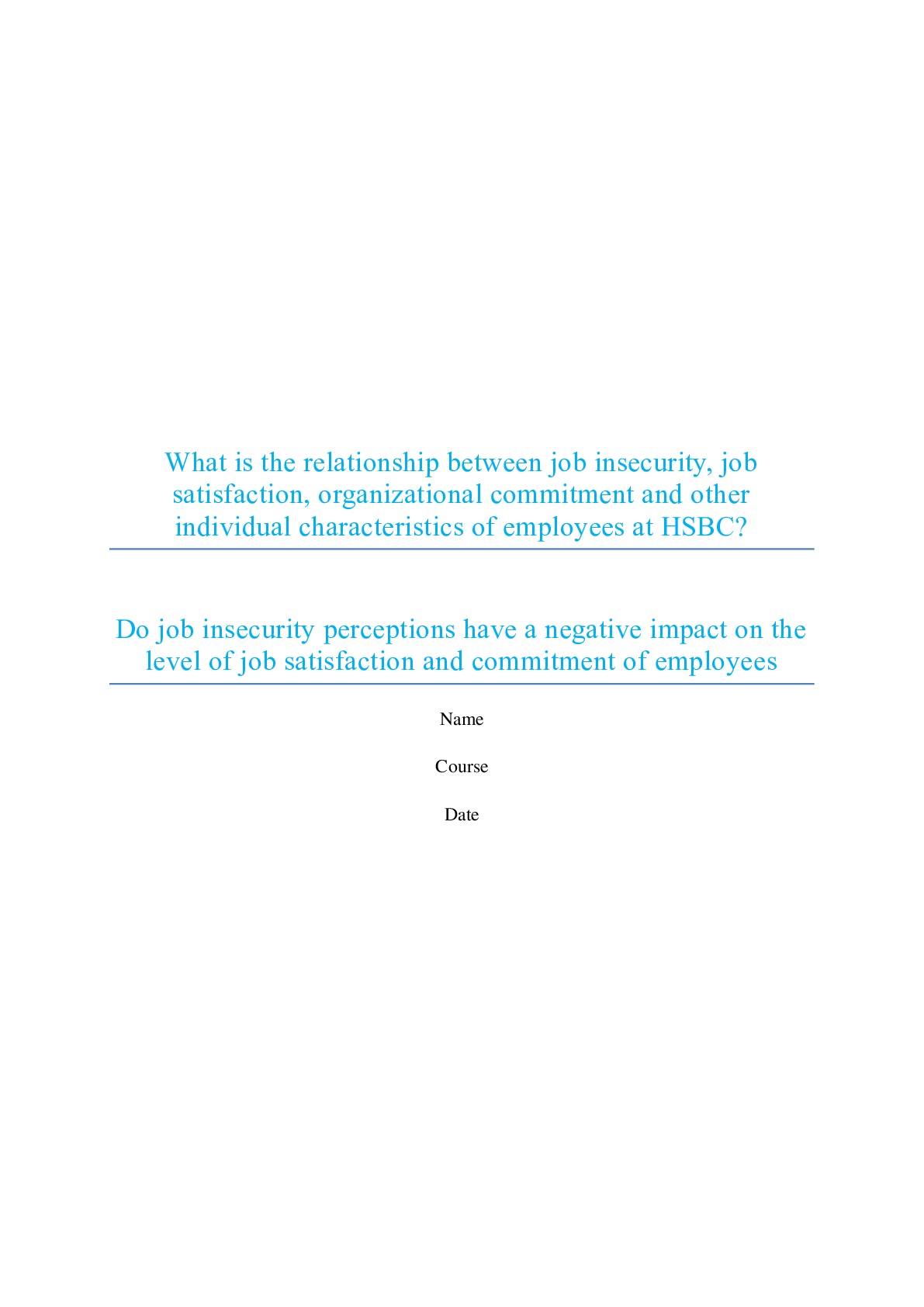
Buy this document to get the full access instantly
Instant Download Access after purchase
Add to cartInstant download
Reviews( 0 )
Document information
Connected school, study & course
About the document
Uploaded On
Jul 10, 2020
Number of pages
10
Written in
Additional information
This document has been written for:
Uploaded
Jul 10, 2020
Downloads
0
Views
70


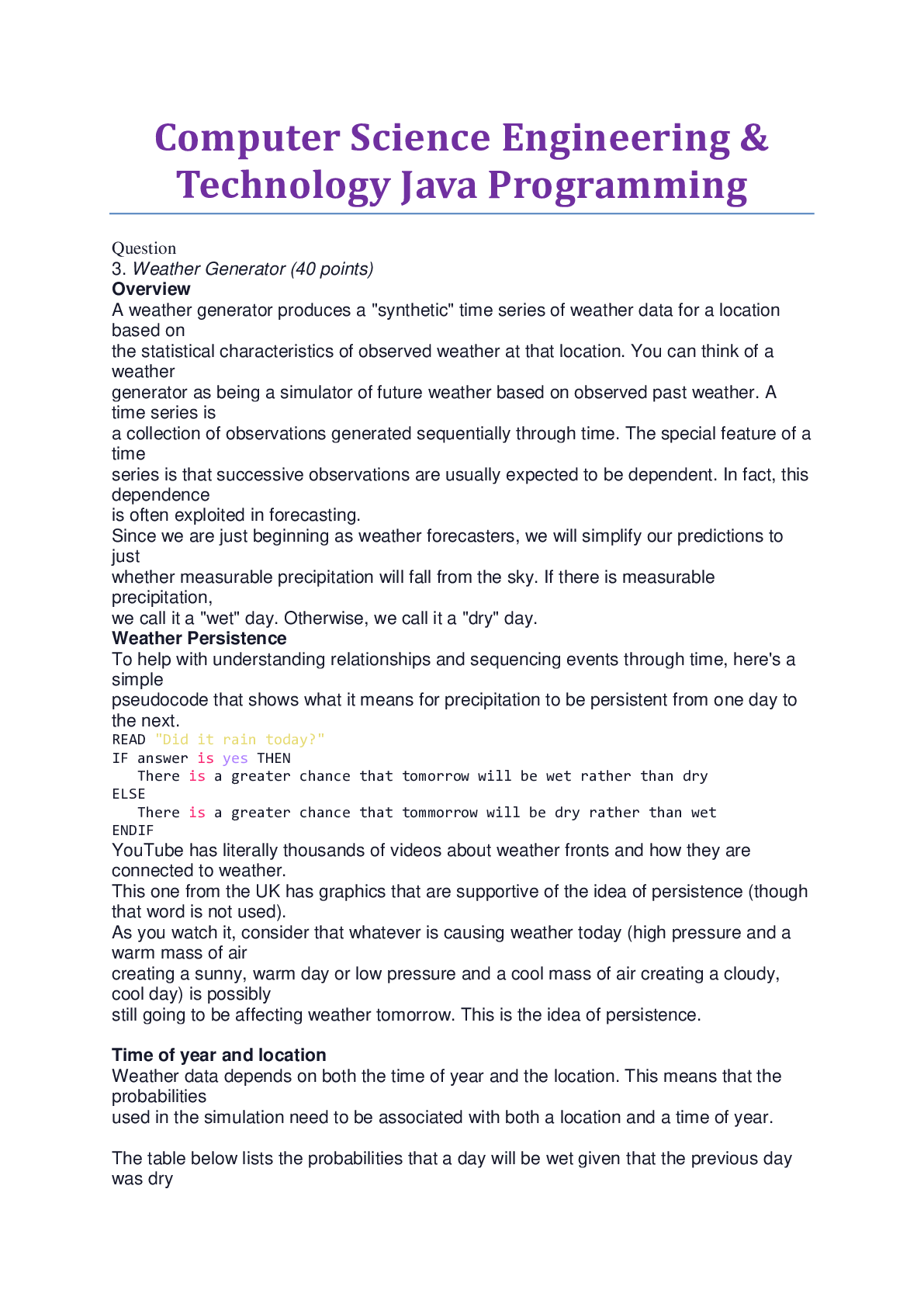
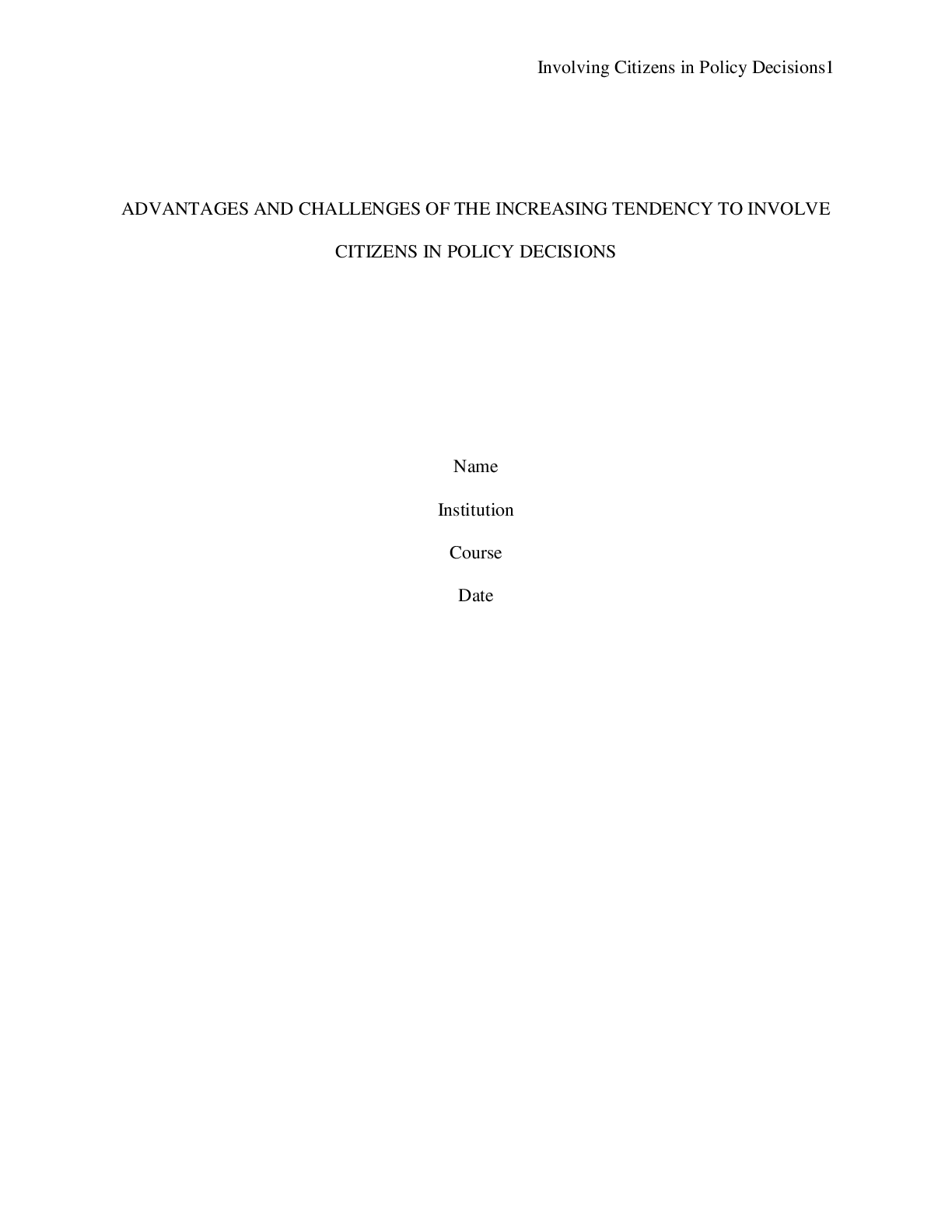

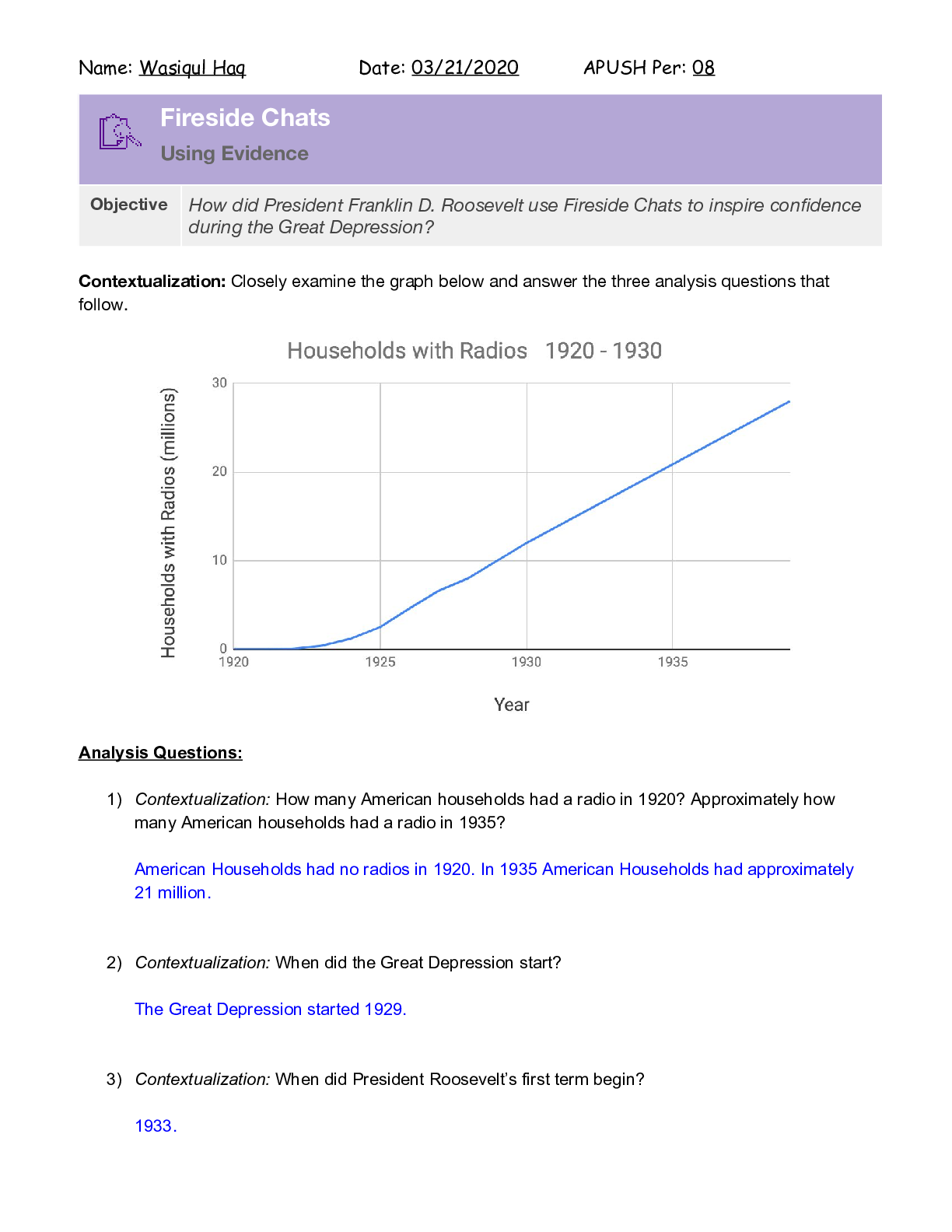
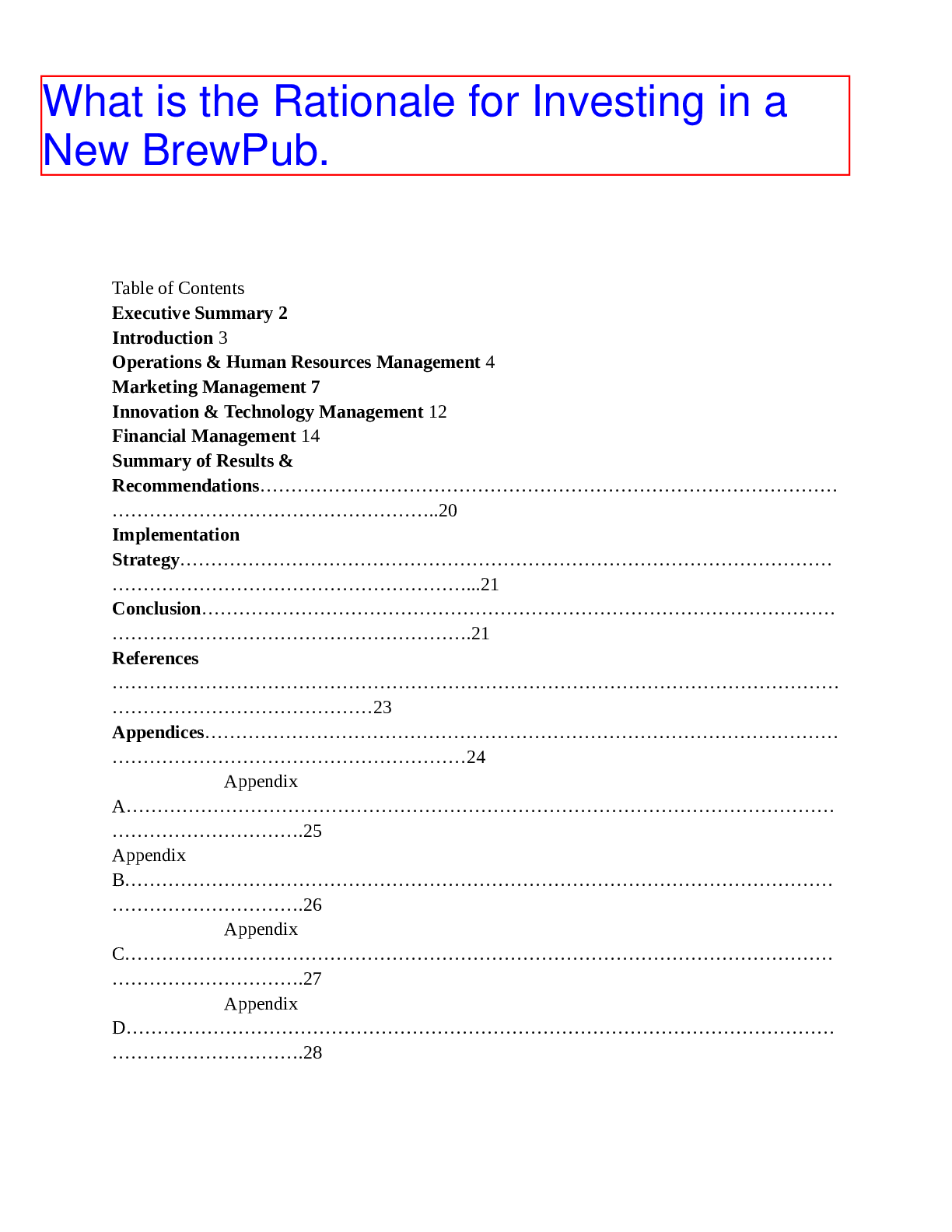




.png)
